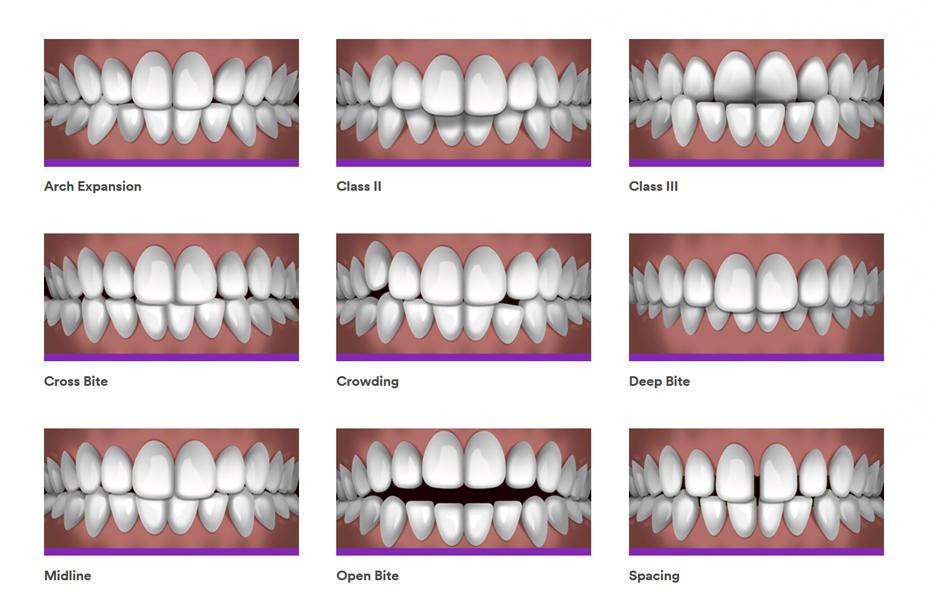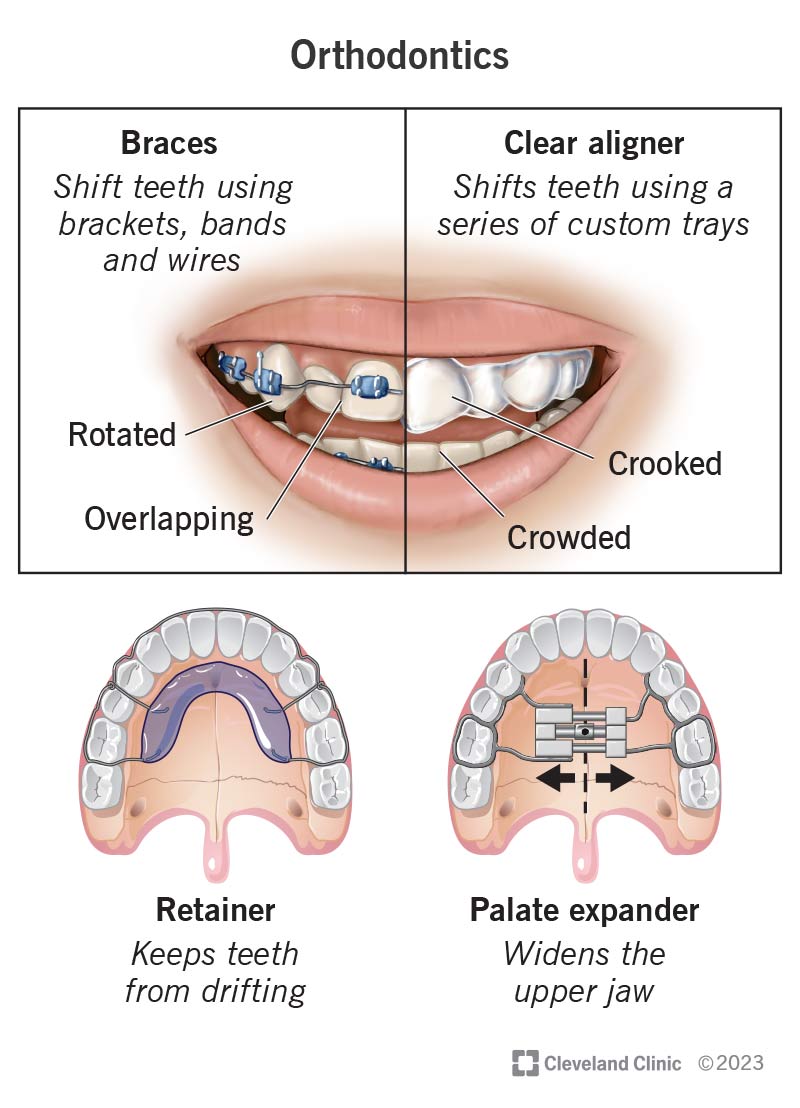The Main Principles Of Causey Orthodontics
Table of Contents9 Simple Techniques For Causey Orthodontics10 Easy Facts About Causey Orthodontics ExplainedThe smart Trick of Causey Orthodontics That Nobody is Talking About6 Easy Facts About Causey Orthodontics ExplainedCausey Orthodontics - Questions
Overlooking occlusal partnerships, it was regular to get rid of teeth for a selection of dental issues, such as malalignment or overcrowding. The idea of an undamaged teeth was not widely appreciated in those days, making bite connections appear unimportant. In the late 1800s, the principle of occlusion was vital for producing trusted prosthetic replacement teeth.As these principles of prosthetic occlusion progressed, it ended up being a very useful device for dentistry. It remained in 1890 that the work and influence of Dr. Edwards H. Angle began to be felt, with his contribution to contemporary orthodontics especially noteworthy. Focused on prosthodontics, he educated in Pennsylvania and Minnesota before guiding his attention towards oral occlusion and the therapies needed to preserve it as a regular problem, thus becoming recognized as the "daddy of modern orthodontics".

The idea of suitable occlusion, as postulated by Angle and integrated right into a category system, made it possible for a change towards treating malocclusion, which is any kind of inconsistency from typical occlusion. Having a full set of teeth on both arches was extremely searched for in orthodontic therapy due to the requirement for exact partnerships in between them.
Some Known Factual Statements About Causey Orthodontics
As occlusion ended up being the key concern, facial percentages and appearances were ignored - orthodontist near me. To accomplish suitable occlusals without using outside forces, Angle proposed that having best occlusion was the very best method to gain maximum facial aesthetic appeals. With the passing of time, it came to be fairly evident that even an extraordinary occlusion was not ideal when considered from a visual perspective
Charles Tweed in America and Raymond Begg in Australia (that both researched under Angle) re-introduced dental care extraction right into orthodontics throughout the 1940s and 1950s so they could improve facial esthetics while also guaranteeing far better security worrying occlusal connections. In the postwar duration, cephalometric radiography begun to be made use of by orthodontists for gauging adjustments in tooth and jaw setting triggered by development and therapy. It ended up being obvious that orthodontic therapy might change mandibular advancement, resulting in the formation of practical jaw orthopedics in Europe and extraoral pressure actions in the US. These days, both functional appliances and extraoral tools are used around the globe with the objective of amending development patterns and kinds. Pursuing real, or at least improved, jaw partnerships had become the primary objective of therapy by the mid-20th century.
10 Simple Techniques For Causey Orthodontics
 The American Journal of Orthodontics was produced for this purpose in 1915; prior to it, there were no scientific goals to follow, neither any specific classification system and brackets that did not have features. Up until the mid-1970s, dental braces were made by wrapping steel around each tooth. With advancements in adhesives, it became feasible to rather bond metal braces to the teeth.
The American Journal of Orthodontics was produced for this purpose in 1915; prior to it, there were no scientific goals to follow, neither any specific classification system and brackets that did not have features. Up until the mid-1970s, dental braces were made by wrapping steel around each tooth. With advancements in adhesives, it became feasible to rather bond metal braces to the teeth.This has had meaningful impacts on orthodontic therapies that are provided on a regular basis, and these are: 1. Proper interarchal partnerships 2. Proper crown angulation (pointer) 3.
The benefit of the style hinges on its bracket and archwire combination, which calls for just marginal cable bending from the orthodontist or clinician (orthodontist services). It's appropriately named after this attribute: the angle of the port and thickness of the bracket base inevitably figure out where each tooth is located with little need for added adjustment
The Best Strategy To Use For Causey Orthodontics
Both of these systems used similar brackets for each and every tooth and required the flexing of an archwire in three aircrafts for locating teeth in their wanted positions, with these bends determining ultimate placements. When it involves orthodontic home appliances, they are separated into two kinds: removable and taken care of. Detachable appliances can be tackled and off by the patient as needed.

Therefore, nearly all modern set home appliances can be thought about variations on this edgewise appliance system. Early 20th-century orthodontist Edward Angle made a significant contribution to the globe of dentistry. He created 4 unique home appliance systems that have been made use of as the basis for lots of orthodontic treatments today, preventing a few exemptions.
The Of Causey Orthodontics

The cable ended in a string, and to relocate it ahead, an adjustable nut was made use of, which permitted a boost in circumference. By ligation, each specific tooth was affixed to this expansive archwire (orthodontist near me). As a result of its limited series of movement, Angle was unable to attain accurate tooth placing with an E-arch
These tubes held a soldered pin, which could be rearranged at each appointment in order to relocate them in location. Dubbed the "bone-growing device", this device was supposed to motivate healthier bone development due to its capacity for transferring pressure straight to the roots. However, executing it proved bothersome actually.